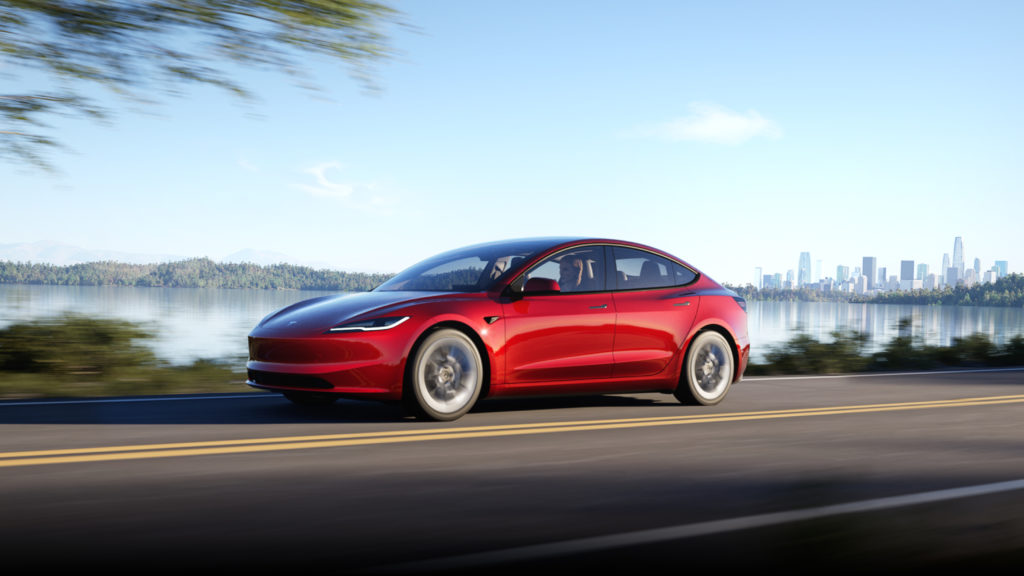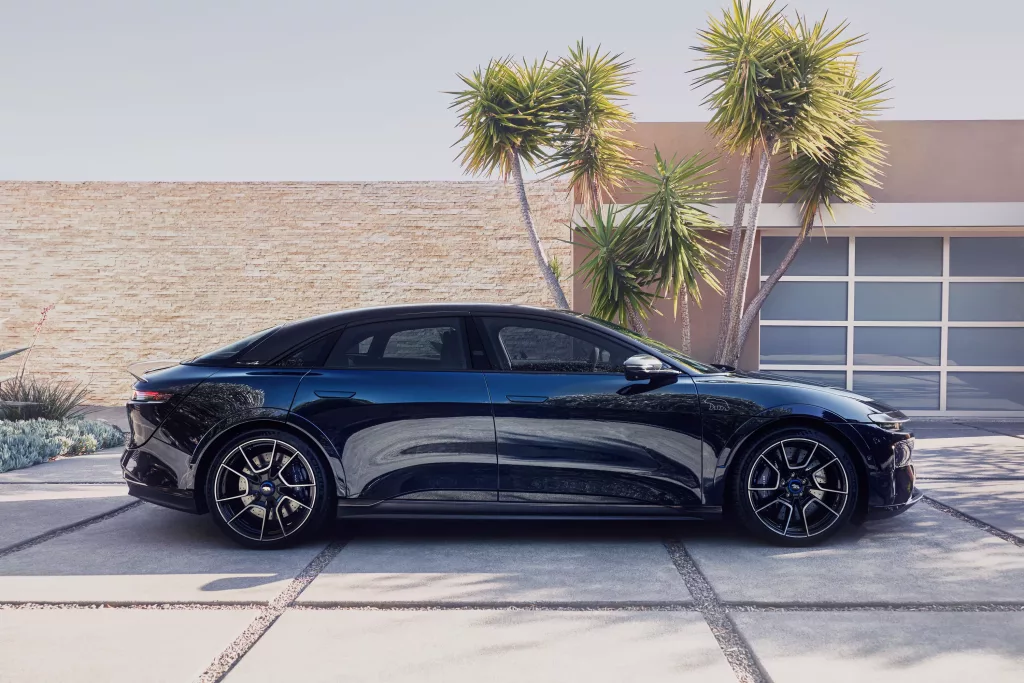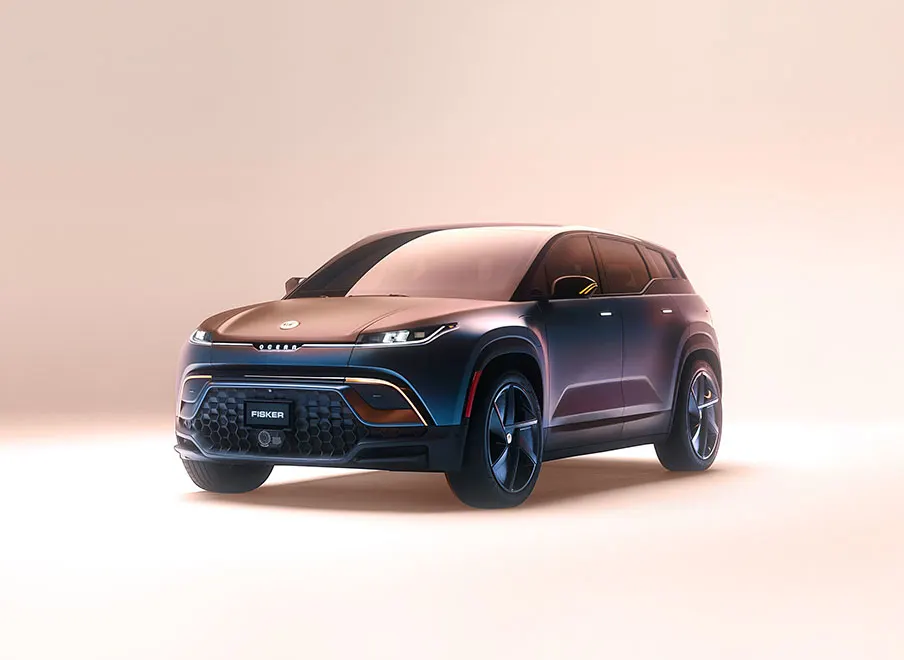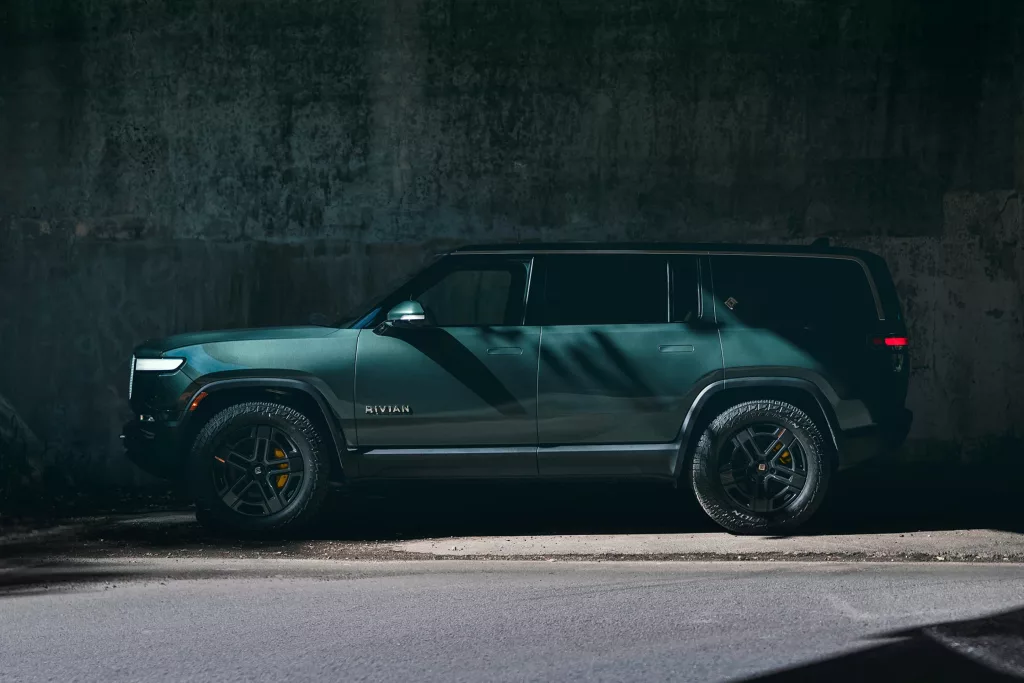As we progress into 2024, the electric vehicle (EV) sector faces a series of challenges. Audi has delayed its shift to electric vehicles until 2030, while Jaguar confronts difficulties in sustaining operations until its anticipated transition next year. Both Ford and GM seem to be scaling back their electric initiatives. Other manufacturers are contemplating dealership closures to mitigate financial losses, largely attributed to lackluster demand for electric vehicles.
This period represents a global transition, inherently complex and fraught with challenges, particularly because the supporting ecosystem for electric vehicles remains underdeveloped. By the end of this decade, it’s anticipated that the landscape will stabilize, potentially featuring a new array of carmakers, with some existing ones either being acquired or ceasing operations due to this transition.
Top Five Electric Cars Currently Available
In the context of electric vehicles, the criteria for “best” can vary. Having owned two electric cars and awaiting delivery of another, my perspective is shaped by practicality, especially considering the limitations of the current charging infrastructure.
Electric cars are currently most suitable as secondary vehicles for trips under 200 miles, allowing for home charging without reliance on public stations. This is due to the unreliability of Level 3 chargers, with Tesla being a notable exception. Consequently, those who can primarily charge at home are less affected by these challenges and benefit from avoiding potentially problematic public charging stations.
Most electric cars in the market integrate internal combustion engine (ICE) technology with electric systems, often resulting in a conflict between the two. For this “best of” list, the focus is on electric vehicles designed from scratch, devoid of such legacy technology and offering a range of at least 300 miles. This range is generally sufficient for relying predominantly on home charging.
For those with commutes exceeding 200 miles, considering vehicles with a range of over 600 miles may be advisable. Until 2026, when more advanced electric vehicles with extended ranges and improved batteries are expected, sticking with ICE vehicles or plug-in hybrids is recommended.
Tesla’s North American Charging Standard (NACS) is preferable over the J1772 port used in non-Tesla vehicles, as the industry seems to be shifting towards the NACS standard. This could also enhance the vehicle’s resale value.
The following are my selections for the top five electric cars in the current market.
The New Tesla Model 3

Photo by Tesla.nl
Tesla has recently revamped its Model 3 model. Although it doesn’t possess the avant-garde allure of the Tesla Cybertruck, it offers greater practicality, more appealing pricing, and a superior aesthetic compared to its advanced, yet larger counterpart.
With the ongoing updates across the Tesla lineup, the Model 3 emerges as an affordable option that exemplifies the benchmark for reasonably priced electric vehicles designed from the ground up. The Model 3 now boasts a range of up to 333 miles, surpassing the set standard for minimum range and delivering commendable performance.
Improvements in Tesla’s production quality have been notable, especially considering the early challenges faced with the initial Model 3 units. This model continues to stand out as one of the best values in the electric vehicle market.
Tesla’s stable financial position further enhances the appeal of the Model 3. Among manufacturers specializing in electric vehicles, Tesla’s likelihood of market endurance over the next five years is significant. This is an important factor for consumers, given the history of challenges and failures within the electric car industry. While the starting price of the Model 3 is around $30,000, a fully equipped model approaches $45,000, maintaining its status as a competitively priced offering.
Lucid Air Sapphire

Photo by lucidmotors.com
For those with the financial means, the Lucid Air Sapphire represents the pinnacle of electric supercar performance. Boasting an impressive 1,234 horsepower, this vehicle delivers supercar-level performance, achieving a 0-60 mph time in just 1.89 seconds. Comparable in size and price to the Tesla Model X, the Lucid Air Sapphire is a high-end investment, with fully configured models reaching around $250,000. This car is the epitome of uncompromised electric vehicle luxury in the U.S. market.
The Lucid Air Sapphire stands out as one of the initial vehicles to adopt the 900V charging system, a feature that positions it ahead of the curve in terms of future charging capabilities, despite the current scarcity of 900V chargers. Additionally, it offers a remarkable range of up to 427 miles.
The car’s performance was recently put to the test in a Gumball Rally event, where it showcased its exceptional capabilities. However, its inability to utilize Tesla’s charging network was a notable limitation, underscoring the advantage of Tesla’s expansive charging infrastructure. The Lucid Air Sapphire, designed from the ground up, is a testament to the extraordinary achievements possible in electric vehicle technology when cost constraints are minimized.
Fisker Ocean Extreme

Photo by fiskerinc.com
Opting for a more budget-friendly yet innovative electric vehicle, the choice of the Fisker Ocean Extreme stands out. Priced approximately at $65,000, with base models starting around $38,000, it offers an accessible entry into the electric vehicle market. The Ocean Extreme is characterized by its from-the-ground-up design and impresses with a range of about 364 miles, comfortably exceeding the set minimum range criteria.
The Fisker Ocean Extreme isn’t just a visually appealing vehicle; it incorporates several distinctive features. A notable addition is the airline-style fold-down table for the driver, a practical amenity for those who often dine on the go. This feature proves especially useful for eating in the car or handling tasks like signing charge slips.
Despite the financial instability of the company, the Ocean Extreme’s combination of aesthetic appeal and unique functionalities motivated the investment in this model, positioning it as one of the most attractive electric vehicles currently available.
Rivian R1S/R1T

Photo by rivian.com
The Rivian lineup, consisting of the R1S SUV and R1T pickup, stands out in the electric vehicle market with its innovative four-motor option. The R1T pickup boasts a range of up to 410 miles, while the R1S SUV offers up to 390 miles. This four-motor configuration is particularly advantageous for off-road terrains or driving in snow and ice, as it allows for precise power distribution to each wheel individually.
Rivian’s four-motor system positions these vehicles at the forefront of electric vehicle technology, enhancing their versatility and performance. An intriguing feature of the Rivian models is a slide-out tray, reminiscent of RV designs, located under the rear truck bed. The pricing for these vehicles typically falls in the mid-$80,000 range, varying with the chosen configuration. The additional cost attributed to the four-motor system is justifiable for the enhanced control and capability it provides.
The Rivian R1T, in particular, has demonstrated remarkable performance capabilities, notably outperforming vehicles like the Ford Raptor in towing scenarios. With a competitive price point and practical features, Rivian’s models offer a compelling alternative to other high-end electric pickups, including Tesla’s offering in this segment.

Leave A Comment